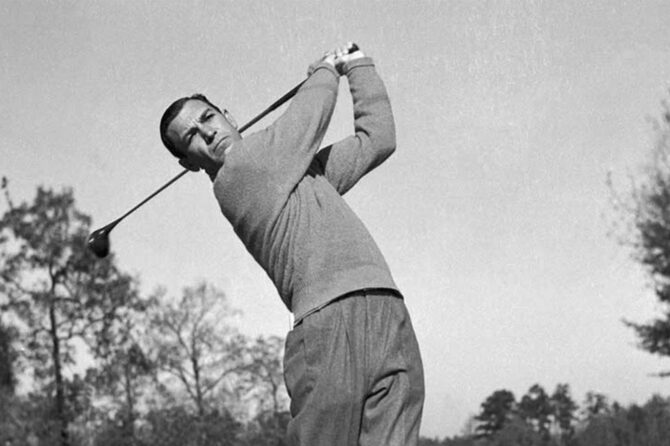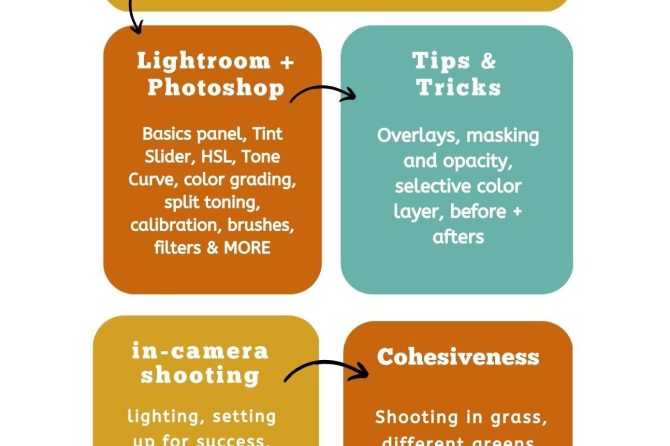* Fundamentals of the Golf Swing: Grip, Stance, and Posture
### Fundamentals of the Golf Swing: Grip, Stance, and Posture
-
Grip:
a. The grip is the way you hold the club.
b. There are several different types of grips, but the most common are the interlocking grip and the overlapping grip.
c. The interlocking grip is formed by placing the little finger of the left hand (for right-handed golfers) inside the index finger of the right hand.
d. The overlapping grip is formed by placing the little finger of the left hand on top of the index finger of the right hand.
e. The grip should be firm but not too tight. You should be able to hold the club comfortably for several swings without getting tired. -
Stance:
a. The stance is the way you stand.
b. Your feet should be shoulder-width apart, and your knees should be slightly bent.
c. Your weight should be evenly distributed on both feet.
d. The ball should be positioned slightly forward of your left foot (for right-handed golfers). -
Posture:
a. Your posture is the way you hold your body.
b. Your back should be straight, and your shoulders should be relaxed.
c. Your head should be up, and your eyes should be focused on the ball.
d. Your arms should hang naturally from your shoulders.* Calibration and Swing Dynamics: Distance and Accuracy Optimization
Calibration and Swing Dynamics: Distance and Accuracy Optimization
Calibrating your swing involves refining the parameters that govern your club’s trajectory, including face angle, club path, and strike point. Optimal calibration ensures consistent clubface contact with the ball’s equator, promoting distance and accuracy.
1. Establishing Face Angle Consistency:
- Closed Face: A clubface angled toward the right for right-handers (and vice versa) leads to a ”hook” shot that curves left.
- Open Face: A clubface angled away from the swing’s direction results in a “slice” that curves right.
- Square Face: A neutral clubface perpendicular to the swing path produces a straight ball flight.
**2. Controlling Club Path and LaunchAngle”:
- Inside-Out Swing: The club swings inward, resulting in a “draw” shot with a leftward curvature.
- Outside-In Swing: The club swings outward, causing a “fade” shot that curves right.
- *StraightSwing: A balanced swing maintains a straight club path, resulting in a neutral ball flight.
3. Optimizing Strike Point:
- Center Strike: Striking the ball’s precise center produces maximum distance and accuracy.
- Toe Hit: A toe strike causes the ball to spin sideways, resulting in a loss of distance and directional control.
- HeelHit: A heel strike often imparts unintentional slice or hook spin that affects ball flight predictability.
* The Art of Putting: Precision and Control Development
The Art of Putting: Precision and Control Development
Putting is a crucial aspect of golf that requires precision and control. Mastering this technique can significantly improve your overall performance on the course. Here are some fundamental tips and strategies to help you develop your putting prowess:
-
Technique Refinement:
- Grip: Hold the putter firmly with both hands, using an interlocking grip or a palm-to-palm grip. Maintain a relaxed and steady grip throughout the swing.
- Stance: Stand with your feet shoulder-width apart, knees slightly bent. Align your body parallel to the intended line of the putt.
- Backswing: Take the putter back smoothly, keeping your wrists straight and your elbows close to your body. The length of your backswing should correspond to the distance of the putt.
-
Distance Control:
- Speed Regulation: Determine the appropriate speed for each putt by considering factors such as the distance to the hole, the slope of the green, and the wind conditions.
- Direction Alignment: Aim the putter face squarely at the target hole, ensuring that the line between the putter and the hole is straight and true.
- Follow-Through: After striking the ball, continue the putting motion smoothly until the putter head fully extends past the ball. This follow-through helps maintain accuracy and distance control.
-
Environmental Factors:
- Green Reading: Pay close attention to the contours of the putting green and identify any breaks or undulations. This will help you adjust your aim and determine the appropriate speed for the putt.
- Wind Impact: Consider the wind direction and speed when putting. Adjust your aim to compensate for any potential ball deviation caused by the wind.
- Hazard Avoidance: Be aware of any hazards, such as sand traps or water obstacles, near the putting green. Plan your putt accordingly to avoid landing in these areas.
* Short Game Techniques: Chipping, Pitching, and Bunker Shots
Short Game Techniques: Chipping, Pitching, and Bunker Shots
The short game is often overlooked by novice golfers, but it can be just as important as your long game. In fact, many golfers find that they can save strokes by improving their short game. Here are a few tips to help you improve your chipping, pitching, and bunker shots.
Chipping:
- Use a pitching wedge or 9-iron. These clubs will give you the control you need to hit the ball on the desired trajectory and distance.
- Position the ball slightly ahead of your center. This will ensure that you hit the ball with a downward swing, which will help it to stay on the line.
- Take a short, smooth backswing. Don’t try to overpower the ball. Just swing back a little and let the club do the work.
- Accelerate through the ball. This will help to generate the power and trajectory you need to get the ball to the hole.
Pitching:
- Use a pitching wedge or 8-iron. These clubs will give you the necessary distance to reach the green from a variety of distances.
- Position the ball in the middle of your stance. This will allow you to rotate your body properly as you swing.
- Take a full backswing. This will help you to generate the power you need to hit the ball to the green.
- Swing through the ball with your body. This will help you to control the distance and height of your shot.
Bunker Shots:
- Use a sand wedge. This club is designed to help you get the ball out of the bunker with a high trajectory and soft landing.
- Position the ball slightly ahead of your center. This will ensure that you hit the ball on the upswing.
- Take a short, smooth backswing. Don’t try to overpower the ball. Just swing back a little and let the club do the work.
- Accelerate through the ball. This will help to generate the power and trajectory you need to get the ball out of the bunker.
* Etiquette and Course Management: Navigating the Golfing Landscape
Etiquette and Course Management: Navigating the Golfing Landscape
Golf etiquette and course management are fundamental aspects of the game that enhance player experience, maintain the integrity of the course, and foster a respectful environment for all involved. As novice players, understanding and adhering to these principles is essential for a fulfilling and enjoyable golfing experience.
Proper etiquette on the golf course dictates respectful and considerate behavior towards fellow players, the course staff, and the environment. Simple courtesies such as maintaining a quiet atmosphere while others are playing, repairing ball marks and divots, and not littering contribute to a positive and welcoming atmosphere. Respecting the pace of play, allowing faster groups to pass, and being mindful of the condition of the course are essential for fostering a harmonious and seamless golfing experience for all.
Effective course management involves making informed decisions and executing shots with precision. This requires understanding the layout of the course, including its hazards, doglegs, and green complexes. It also involves considering factors such as wind direction, distance to the hole, and the capabilities of one’s own game. By carefully assessing the course and their own strengths and weaknesses, novice players can make strategic decisions that optimize their performance and minimize potential obstacles. The more familiar they become with the intricacies of the game, the more effectively they can navigate the challenges of the golfing landscape and improve their overall playing experience.
In conclusion, this discourse has delved into the quintessential techniques that underpin the sport of golf, specifically catering to the needs of novice players seeking to master the fundamentals. These time-honored strategies, encompassing proper stance, grip, swing mechanics, and course etiquette, provide a solid foundation upon which aspiring golfers can build their game. By embracing these principles and dedicating themselves to consistent practice, beginners can unlock their potential and embark on a fulfilling golfing journey. May this guide serve as a valuable resource as they strive to refine their skills and navigate the intricacies of this timeless sport.





